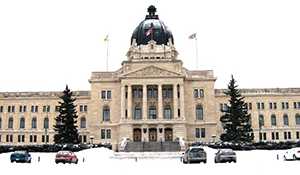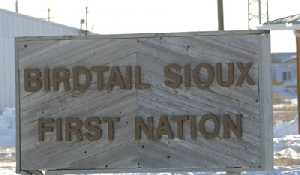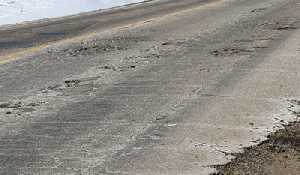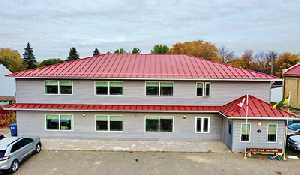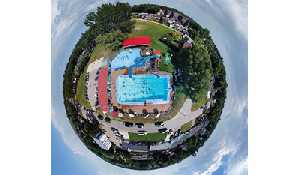Moosomin leads area in growth
March 23, 2017, 11:19 am
Kevin Weedmark
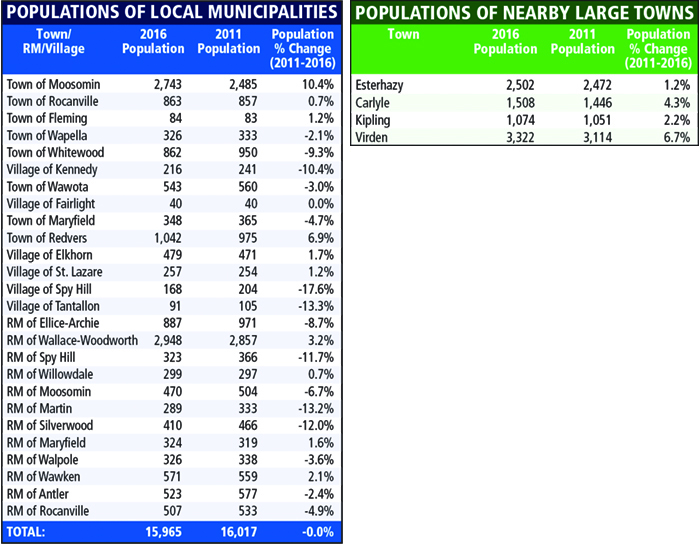

The 2016 census shows that the town of Moosomin led the region in population growth between the 2011 and 2016 censuses, with 10.4 per cent population growth. According to the census, Moosomin went from 2,484 residents in the 2011 census to 2,743 in the 2016 census. Moosomin had grown by 8.9 per cent between the 2006 and 2011 censuses.
Redvers and Virden are the two other communities in the region showing significant growth, with Redvers up 6.9 per cent and Virden up 6.7 per cent.
The town of Moosomin’s growth rate recorded in the census is higher than surrounding communities like Virden, Esterhazy, Kipling, and Carlyle, and is higher than cities in the region like Yorkton, Weyburn and Estevan.
For communities around the province of a similar size to Moosomin, Rosetown grew by 5.8 per cent, growing from 2,317 to 2,451, Outlook grew by 3.4 per cent, growing from 2,204 to 2,279, Tisdale grew by 1.7 per cent, growing from 3,180 people to 3,235, Esterhazy recorded a growth rate of 1.2 per cent, growing from 2,472 to 2,502, Assiniboia declined by 1.2 per cent, declining from 2,418 to 2,389, Maple Creek declined by 4.2 per cent, declining from 2,176 to 2,084, and Canora declined by 8.8 per cent, declining from 2,219 to 2,024.
While Moosomin itself is growing, some smaller communities and most rural municipalities have seen reductions in population. According to the census, Whitewood lost 9.3 per cent of its population between 2011 and 2016, dropping from 950 to 862 residents.
The village of Spy Hill lost 17.6 per cent of its population in the five years between 2011 and 2016, going from 204 residents to 168.
The village of Tantallon lost 13.3 per cent of its residents, going form 105 to 91 residents, and the village of Kennedy lost 10.4 per cent of its residents, declining from 241 to 216.
Most RMs in the area lost population with the largest decline in the RM of Martin, which declined 13.2 per cent, from 333 to 289.
Saskatchewan population up
The 2016 census shows that Saskatchewan grew by 64,971 since the 2011 Census.
Over the past decade, from the 2006 to the 2016 Census, Saskatchewan grew by more than 130,000 people.
That’s a complete turnaround from the previous decade—1996 to 2006—when Saskatchewan’s population dropped by 22,000 people.
Saskatchewan had the second-highest growth rate among the provinces at 6.3 per cent.
“The new census numbers show how far Saskatchewan has come in the past decade compared to the decade before that, when we were still losing people and some said it would be impossible for Saskatchewan to grow by even 100,000 people in 10 years,” Premier Brad Wall said.
“Obviously, given the current fiscal situation, a growing population presents some challenges for our province, but I would much rather be facing the challenges of growth than the challenges of decline.”
All 16 Saskatchewan cities saw their populations increase from 2011 to 2016, by a total of 59,189 people or 9.9 per cent.
Saskatchewan towns saw their populations increase by 3,939 people or 2.7 per cent while Saskatchewan villages saw their populations increase slightly by 228 people or 0.5 per cent.
Overall, rural municipalities in Saskatchewan saw their total populations increase by 1,934 people or 1.1 per cent.
Manitoba growth increasing
More than 1.28 million people now live in Manitoba, according to the 2016 census.
The population grew by more than 70,000 since 2011, an increase of 5.8 per cent. The national average was five per cent. This is the first time in several years that Manitoba has grown at a quicker rate than the national average.
Manitoba, like Saskatchewan, has substantially increased its immigration levels over the last five years, leading to the increase.
According to the census, most of the growth was in Winnipeg, Brandon, Steinbach and Winkler. These four cities accounted for 69.4 per cent of Manitoba’s total growth between 2011 and 2016.
More than 35 million Canadians
The census counted 35,151,728 people across Canada on May 10, 2016, an increase of 1.7 million for a growth rate of five per cent—slightly lower than the 5.9 per cent reported in the 2006-2011 census period, but still the highest growth rate among all G7 countries.
By comparison, Statistics Canada says the population count in 1871—the first post-Confederation census—was just 3.5 million, and 20 million in 1966.
The highest growth rates according to the latest census are in Western Canada.
Nearly one-third of Canadians (31.6 per cent) live in Western Canada, and the bulk of those are in B.C. (13.2 per cent) and Alberta (11.6 per cent).
Toronto, Montreal and Vancouver, the country’s three largest census metropolitan areas, are home to 12.5 million people—35.5 per cent of the country’s population.





























